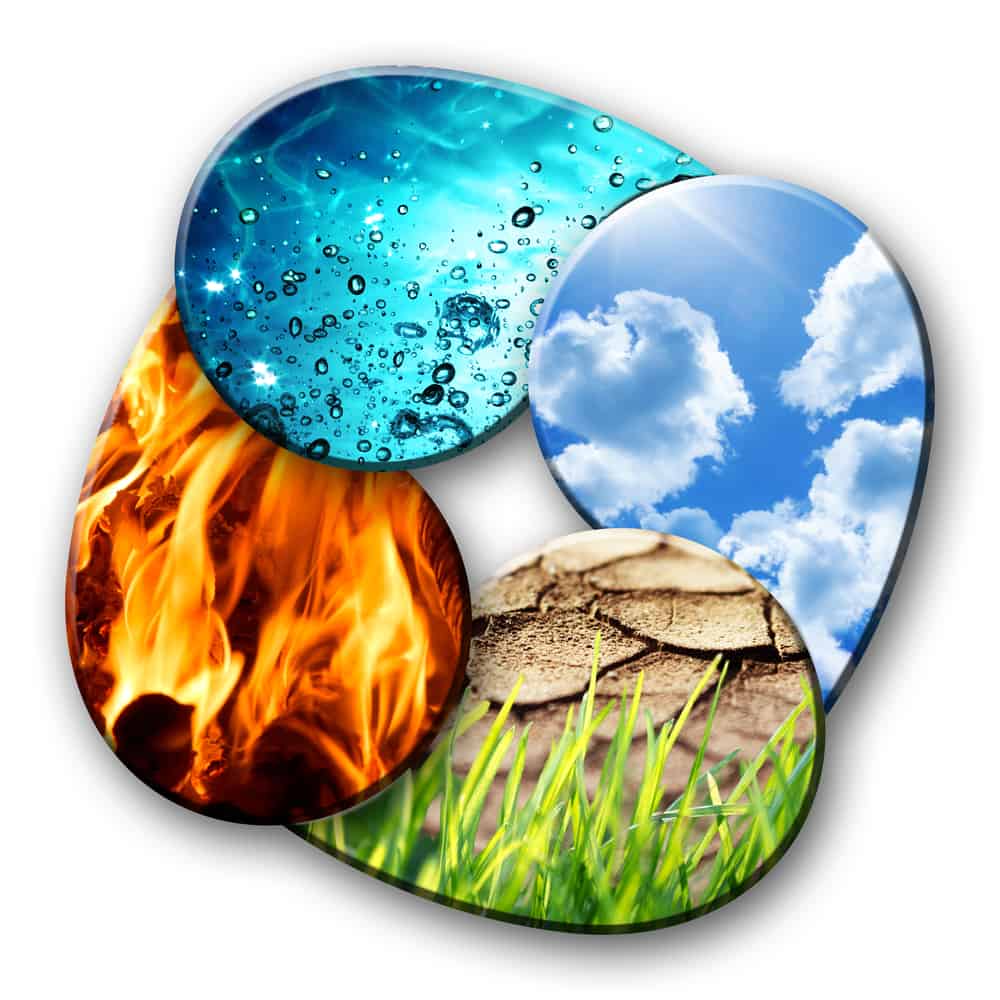

It is irregularly derived from the Greek words ψυχή psychḗ 'soul, mind' and δηλείν dēleín 'to manifest', with the intended meaning "mind manifesting," the implication being that psychedelics can reveal unused potentials of the human mind. The term psychedelic was coined by the psychiatrist Humphrey Osmond during written correspondence with author Aldous Huxley and presented to the New York Academy of Sciences by Osmond in 1957. A 2022 survey found that 28% of Americans had used a psychedelic at some point in their life. Although further research is needed, existing results suggest that psychedelics could be effective treatments for certain forms of psychopathology. Studies conducted using psilocybin in a psychotherapeutic setting reveal that psychedelic drugs may assist with treating depression, alcohol addiction, and nicotine addiction. Research has been conducted, however, and studies show that psychedelics are physiologically safe and rarely lead to addiction. Legal barriers have made the scientific study of psychedelics more difficult.

Despite these controls, recreational use of psychedelics is common. Many psychedelic drugs are illegal worldwide under the UN conventions, with occasional exceptions for religious use or research contexts. The phenomenon of ego death is often described as a key feature of the psychedelic experience. The psychedelic experience is often compared to non-ordinary forms of consciousness such as those experienced in meditation, mystical experiences, and near-death experiences, which also appear to be partially underpinned by altered default mode network activity. However, the exact nature of how psychedelics induce changes in perception and cognition via the 5-HT 2A receptor is still unknown, although reduction in default mode network activity and increased functional connectivity between regions in the brain as a result may be one of the most relevant pharmacological mechanisms underpinning the psychedelic experience, particularly ego death. When compounds bind to serotonin 5-HT 2A receptors, they modulate the activity of key circuits in the brain involved with sensory perception and cognition. They act via serotonin 2A receptor agonism.

Most psychedelic drugs fall into one of the three families of chemical compounds: tryptamines, phenethylamines, or lysergamides (LSD is considered both a tryptamine and lysergamide). In particular, LSD has long been considered the paradigmatic psychedelic compound to which all other psychedelics are often or usually compared. The "classical" psychedelics, the psychedelics with the largest scientific and cultural influence, are mescaline, LSD, psilocybin, and DMT. Psychedelic states are often compared to meditative, psychodynamic or transcendental types of alterations of the mind. True psychedelics cause specific psychological, visual, and auditory changes, and oftentimes a substantially altered state of consciousness. Sometimes, they are called classic hallucinogens, serotonergic hallucinogens, or serotonergic psychedelics, and the term psychedelic is sometimes used more broadly to include various types of hallucinogens or those which are atypical or adjacent to psychedelia such as MDMA or cannabis this article uses the narrower definition of psychedelics.

Psychedelics are a subclass of hallucinogenic drugs whose primary effect is to trigger non-ordinary mental states (known as psychedelic experiences or psychedelic "trips") and/or an apparent expansion of consciousness. Normally biosynthesized from peyote and some other cacti, mescaline was the first psychedelic compound to be extracted and isolated.


 0 kommentar(er)
0 kommentar(er)
